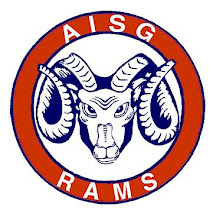The Sahel is one is the poorest and economically damaged place on EARTH due to soil erosions, droughts, deforestation, decertification, insignificant irrigation, and over population. Most of the Sahel region is unusable land. For example, the people cannot grow crops due to the soil, or the area is to small to hold enough people. The countries in the Sahel are Burkino Faso, Chad, The Gambia, Guinea Bissau, Mali, Niger, Senegal, and Sudan.
Soil Erosion
Cause: Farmers chop down trees, and remove the roots from the ground, to use the bark as border lines, to make houses, and to make fire.
Effect: With all of the roots pulled out of the soil, the soil no longer is tightly packed, and becomes loose and crumbly. The farmers can no longer use the soil to grow crops, and when it rains, all of the soil slides down onto plants damaging them, and covering houses in mud.

Droughts
Cause: Sahel region rarely receives any rain due to its location near the equator. This causes droughts.
Effect: With no rain, farmers cannot grow crops, everything goes dry, animals and people die because they have no water to drink, and no food.

Deforestation
Cause: People cut down trees and use them for shelter, warmth for fire, and more land to live on.
Effect: Most of the land in the Sahel region is unusable due to soil erosion, and deforestation. If there is usable land with many trees, almost everyone would want to move there, and that place would soon become over populated. Then, with everyone using the resources in that area, that area would be unusable soon.

Decertification
Cause: Decertification is when the desert spreads
Effect: It is caused by too many people cutting down plants, and the over use of land. With more and more land not being able to use anymore, people migrate to another area where resources might be more rich. With everyone moving, the Sahel expands, and the people re-use the land all the time.
These are the 4 major reasons why the Sahel region is considered one of the poorest, and economically damaged place on Earth.






























